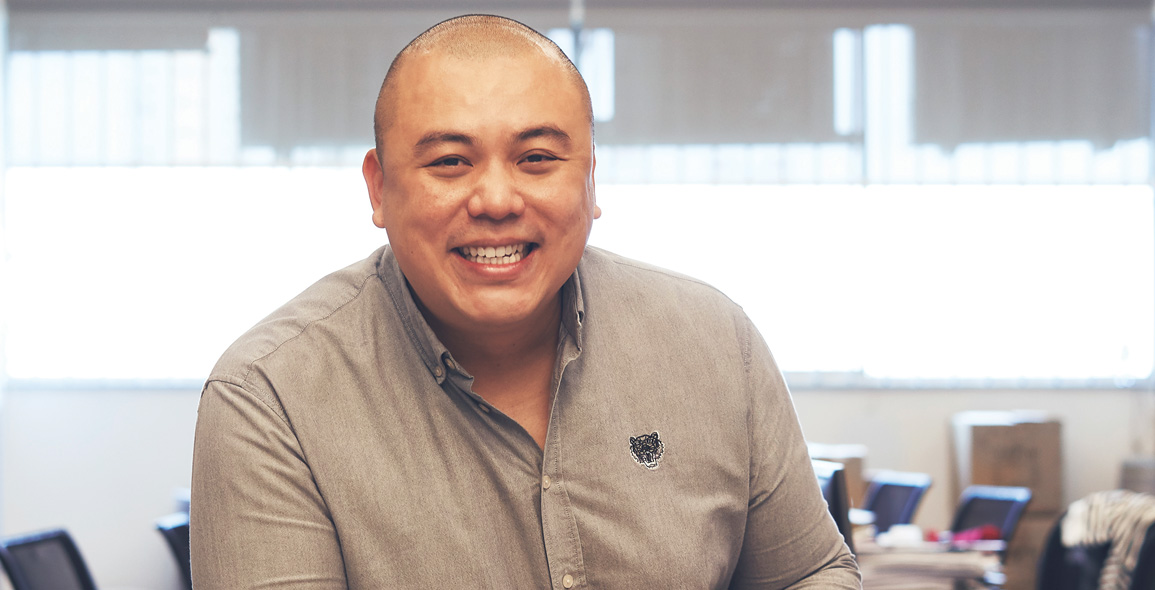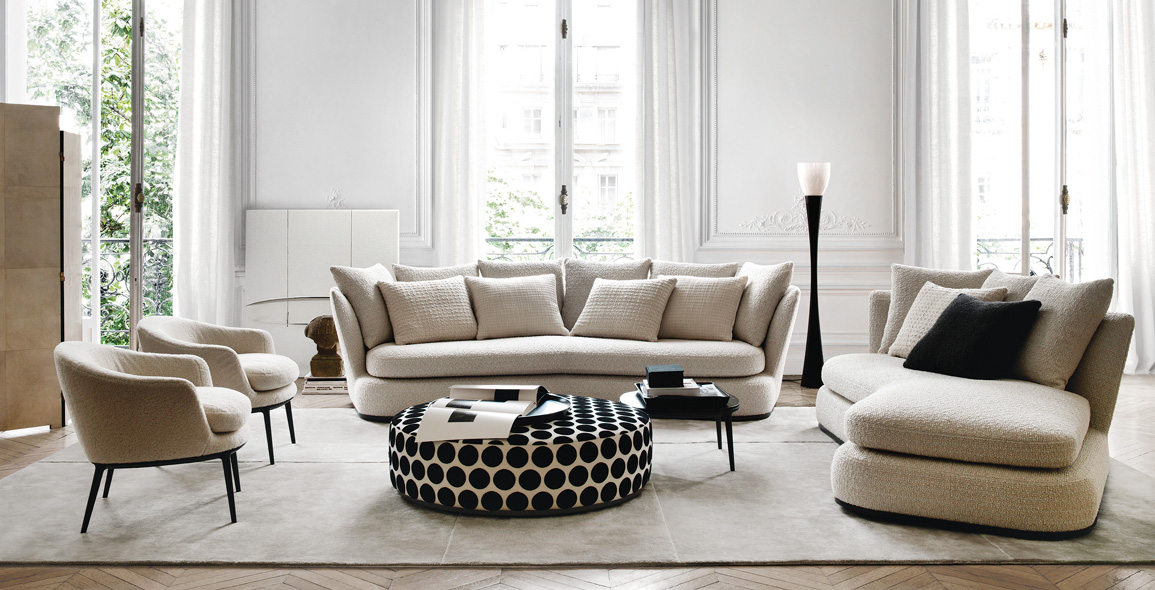
Why did you decide to become a designer?
I know the exact moment I wanted to be a designer. It was Christmas of 1991, when I was 13 years old, and I was part of a church carolling group that visited the home of local architect Raymond Woo. I was blown away immediately by the interiors. The volumetric approach to handling space completely transformed the quality of what I understood up to that point in my life as a dwelling – everything from the bespoke crafted detailing, to the sensitive use of materials and colour to shape how the space worked, the artful arrangement of furniture and the pieces of art. That moment was profound for me in realising that spaces speak. They have a “life” and as designers, we have the ability to use them to transform how inhabitants feel and interact with them. It has been my goal since to create spaces that communicate emotion, where they can balance the relationship between inhabitant and shelter.
Where do you draw inspiration from to create your designs?
I believe that inspiration strikes when you have intense conversations. Dialogue, critique and experimentation are fundamental to achieving the best results. One of the most memorable incidents was during a competition to re-design the classic Sacco beanbag. We had some ideas, but were not sure how to effectively communicate them in the design of the bean bag. We therefore decided to gather a bunch of our friends – some were industry peers and others were working in unrelated fields – for a discussion at our studio. Ideas were debated on and exchanged that evening and I think we, as a practice, came out stronger. The clarity it gave us was tremendous and we were definitely revitalised by the conversations we had.
How does your design style differ from other designers?
What leads our designs is the space. We start by studying its spatial qualities and attributes and use the environment to guide our hand to create a balance. For example, large windows serve as a counter balance to a dark, textured material or can be amped up with a light, bright material to convey a particular emotion.
Super Fat Designs does a lot of residential and commercial projects. How do you think their design will be impacted by COVID-19?
I believe there exists a solution for every problem. COVID-19 is no different. Residential spaces will change to reflect the new requirements of working/exercising/spending more time at home. For commercial/retail spaces, social distancing measures and the cessation of testers at retail counters will have profound effects on the future of retail. I feel that retail design will be the most exciting design space in the immediate term, with technology and new methodologies of sales being employed.
Why do you enjoy purchasing pieces from Space Furniture?
Space Furniture has a massive range from kitchens to armchairs, accessories and lights. It is always impeccably styled and never has a shortage of natural daylight. Shopping there is always a pleasant experience. One of my favourite brands is Maxalto. I love how the classical lines contrast with on-trend materials. The attention to detail and crafted finish are well put together and appeal to me.
 Apollo Sofa from Maxalto by Antonio Citterio
Apollo Sofa from Maxalto by Antonio Citterio
This story is produced in collaboration with Space Furniture. It first appeared in Issue 117: August-October 2020 of d+a.


 Share
Share









